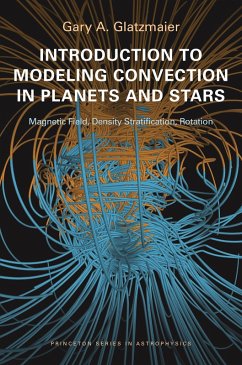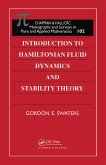This book provides readers with the skills they need to write computer codes that simulate convection, internal gravity waves, and magnetic field generation in the interiors and atmospheres of rotating planets and stars. Using a teaching method perfected in the classroom, Gary Glatzmaier begins by offering a step-by-step guide on how to design codes for simulating nonlinear time-dependent thermal convection in a two-dimensional box using Fourier expansions in the horizontal direction and finite differences in the vertical direction. He then describes how to implement more efficient and accurate numerical methods and more realistic geometries in two and three dimensions. In the third part of the book, Glatzmaier demonstrates how to incorporate more sophisticated physics, including the effects of magnetic field, density stratification, and rotation.
Featuring numerous exercises throughout, this is an ideal textbook for students and an essential resource for researchers.
Featuring numerous exercises throughout, this is an ideal textbook for students and an essential resource for researchers.
- Describes how to create codes that simulate the internal dynamics of planets and stars
- Builds on basic concepts and simple methods
- Shows how to improve the efficiency and accuracy of the numerical methods
- Describes more relevant geometries and boundary conditions
- Demonstrates how to incorporate more sophisticated physics









